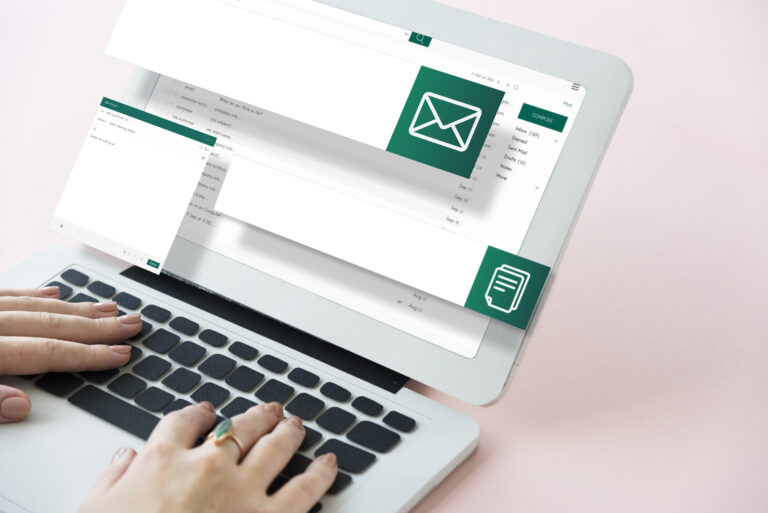How to Balance Work: Strategies for Achieving a Healthy Work-Life Balance

Achieving a healthy work-life balance is essential for personal well-being and professional success. Here are several strategies that can help you balance your work and personal life effectively.
1. Set Clear Boundaries
Establishing boundaries between work and personal life is crucial. Here’s how to do it:
- Define Work Hours: Set specific start and end times for your workday. This helps create a routine and signals to yourself and others when you are available.
- Communicate Boundaries: Let your colleagues and supervisors know your availability strategies. This can help manage expectations and reduce work-related interruptions during personal time.
- Create a Dedicated Workspace: If you work from home, designate a specific area as your workspace. This physical separation can help you switch off from work at the end of the day.
2. Prioritize Tasks Effectively
Prioritization is key to managing workload and reducing stress:
- Use a Task Management System: Tools like to-do lists, planners, or digital apps can help you organize tasks by priority and deadlines.
- Focus on High-Impact Tasks: Identify the tasks that contribute most to your goals and tackle them first. The Eisenhower Matrix is a useful tool for strategies categorizing tasks based on urgency and importance.
- Break Down Large Projects: Divide larger projects into manageable tasks. This makes them less daunting and easier to accomplish.
3. Embrace Flexibility
Flexibility can enhance your ability to balance work and life strategies:
- Consider Flexible Work Arrangements: If possible, discuss flexible hours or remote work options with your employer. This can help you manage personal commitments alongside work responsibilities.
- Adjust as Needed: Life is unpredictable. Be open to adjusting your schedule when necessary, whether for personal matters or work-related needs.
4. Schedule Regular Breaks
Taking breaks is essential for maintaining productivity and mental health:
- Incorporate Short Breaks: Step away from your desk regularly. Short breaks can boost focus and creativity when you return to work.
- Utilize Longer Breaks Wisely: Use your lunch breaks for relaxation, exercise, or socializing. This time away from work can help recharge your energy and reduce stress.
5. Make Time for Personal Activities
Engaging in personal activities is vital for a balanced life:
- Prioritize Personal Time: Schedule time for hobbies, exercise, family, and friends. Treat this time as non-negotiable to ensure you engage in activities that bring you joy and fulfillment.
- Limit Work Outside of Hours: Try to resist the temptation to check work emails or complete tasks during personal time. This helps maintain a clear separation between work and personal life.
6. Practice Mindfulness and Stress Management
Incorporating mindfulness practices can greatly improve work-life balance:
- Mindfulness Techniques: Engage in mindfulness practices such as meditation, yoga, or deep breathing exercises. These practices can help reduce stress and enhance focus.
- Seek Support: If you find it challenging to manage stress, consider talking to a therapist or joining a support group. Professional guidance can provide valuable coping strategies.
7. Evaluate and Adjust Regularly
Regularly evaluating your work-life balance is essential for long-term success:
- Reflect on Your Schedule: Periodically assess how you are spending your time. Are you prioritizing work over personal life? Make adjustments as needed to create a more balanced schedule.
- Set Goals for Improvement: Identify areas where you want to improve your work-life balance. Setting specific, measurable goals can help you stay on track.
8. Leverage Technology Wisely
Technology can be a double-edged sword when it comes to work-life balance:
- Use Productivity Tools: Utilize apps and tools designed to enhance productivity and organization. These can help streamline tasks and minimize distractions.
- Disconnect When Necessary: Set boundaries around technology use, especially after work hours. Consider using “Do Not Disturb” modes on your devices to avoid distractions.
Conclusion
Achieving a healthy work-life balance requires intentional effort and regular evaluation. By setting clear boundaries, prioritizing tasks, embracing flexibility, scheduling breaks, and making time for personal activities, you can create a more balanced life. Practicing mindfulness and leveraging technology wisely will further enhance your ability to maintain this balance.






